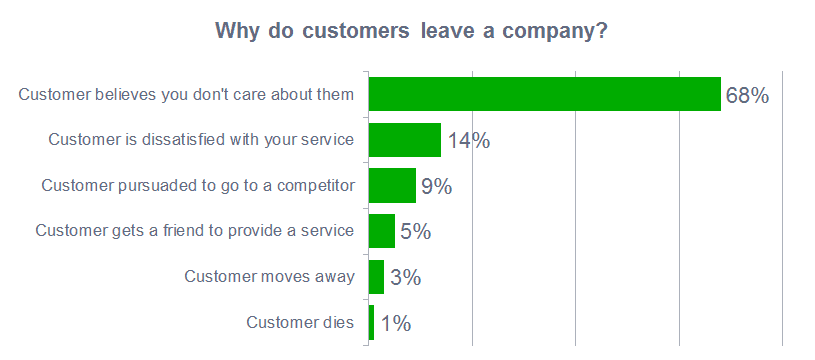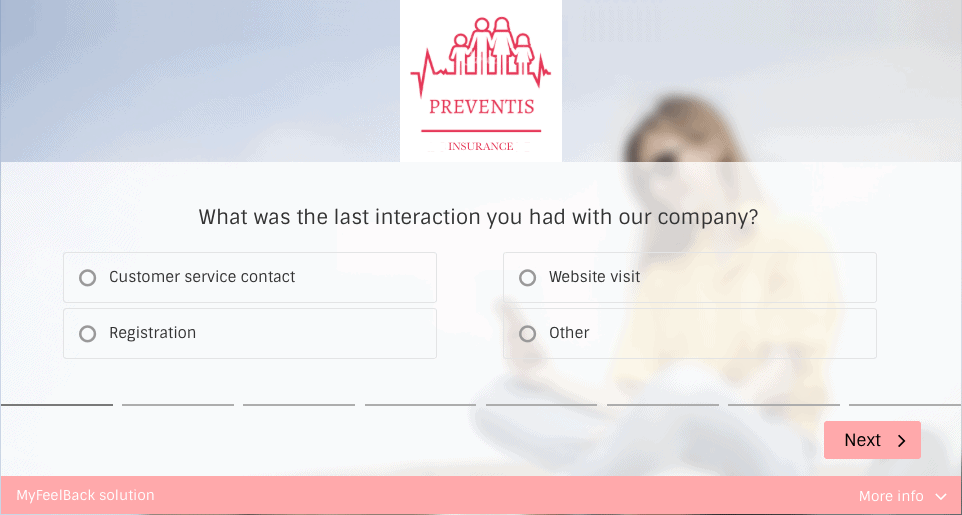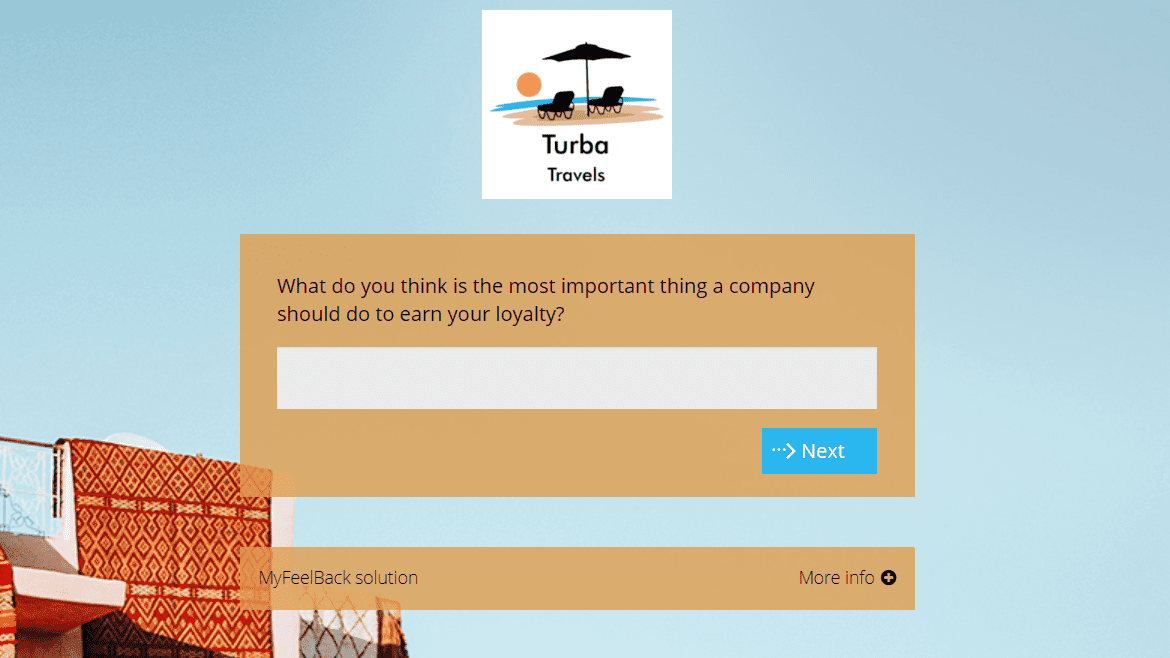Companies are always on the battlefied, trying to provide their customers with a good experience and service, in order to increase global customer satisfaction. But sometimes things don’t go so well and customer criticism occurs. Your NPS survey score didn’t go as planned? Perhaps you received an angry email from a dissatisfied customer… Don’t panic! When you...
Companies are always on the battlefied, trying to provide their customers with a good experience and service, in order to increase global customer satisfaction. But sometimes things don’t go so well and customer criticism occurs.
Your NPS survey score didn’t go as planned? Perhaps you received an angry email from a dissatisfied customer… Don’t panic!
When you approach and address customer dissatisfaction in the right way, their criticism will become a valuable tool for your business.
Through this article, we’ll help you understanding how to manage customer criticisms in a way that can revert a complaining customer into a brand ambassador.
Read more on The truth about your NPS Promoters, Detractors and Passives.
Here are a few steps and things to keep in mind when approaching an unhappy customer.
Step 1: Receiving the customer’s criticism
Customers like to provide feedback and to be given the opportunity to do so, this will make them feel empowered and listened to.
So if your company is smart, it will offer lots of ways for customers to reach out, so they can let you know how they are feeling, what’s bothering them and what improvements they’d like to see.
A customer should have regular access to customer satisfaction surveys as well as the possibility to communicate with a representative through social media, on the phone, through email or on your website.

Source: Benefits of Customer Feedback
Assuming you have these channels of communication open to your customers, you are bound to get a negative review once in a while. When this happens, it can feel like a very negative thing for a CRM manager.
The negative criticism could be about a specific interaction the customer had with your company, which means it’s isolated from your actual product. But it could also originate from frustration over a product that didn’t work as planned, or issues with your customer service, marketing team and so on.

When these issues happen, companies often freak out and don’t dare to face the issue. Yet the best thing to do is to remind yourself that customer criticism is a normal part of working with a business and prepare to spring into action.
Step 2: Act fast to customer criticism
When you get a customer complaint, the most important thing to do is to react to it. Don’t ever turn a blind eye and let a customer’s complaint just sit there.
It can be very dangerous, because by not responding, you are basically telling your customer you don’t care about them, and this is the number one reason why customers leave a company. No, it’s not because of your prices as many may think!

Source: Why Customers Leave A Business.
When you receive a complaint, meet with your team to come up with a game changer plan of how you want to respond.
Depending on what the complaint or criticism was, you will want to take a different approach that addresses each individual concern.
A negative customer experience can usually be rectified with a personal apology and some sort of monetary reward. A customer who is dissatisfied with a product may require something more substantial, like a written explanation that the problem with the product is being resolved.
See this example here of how a company responded to a negative feedback about a login issue on their website, by letting the customer know that her complaints were heard, and that the teams were working on finding a quick solution.

Whatever response you decide on, the key is to act fast. You don’t want to leave too much time between the customer criticism and your response, the lingering will only grow frustration and make your customers more angry.
Taking too long to respond is basically the equivalent to not responding at all, because it gives your customer a lot of time to give up on your product or service and walk away.
Of course, in the case of NPS survey or other survey responses, you may not be able to respond to every negative comment right away because of the large amount of responses and their specificity.
This is the time where a generic survey can be sent out to all the respondents, in order to get more information.
Some questions you would want to include could be the following:

MyFeelBack customer interaction survey

MyFeelBack customer loyalty survey
You can also ask them what steps can be taken to improve their customer experience? or if they feel your company cares about them? And why or why not?
Once that survey is sent out, you can focus on specific answers, and take your time crafting the right plan to reach out to each one of them.
It’s essential that you deploy surveys directly linked to customer dissatisfaction, they are actually the most important ones. Companies often think about collecting other types of information in order to gain more customers, but they forget about the existing customers that are already there and need to be taken care of.
Neglecting your customers is one of the things that hurts companies the most, yet many continue to close their eyes to the pain. Start reparing what’s broken and your customers will thank you, trust you and recommend you for it!
Understand the customer is always right
When addressing customer criticisms, it can be difficult to know how to deal with potentially angry or frustrated customers.
This is why you should be focused on adopting an authentic, sincere approach to your outreach.

At the end of the day, customers tend to be pretty forgiving, if they think that their problem is going to get fixed. They won’t walk away from a company after a bad experience as long as the problem gets solved.
Herein lies the hidden value of customer criticism. The fact that you received the criticism gives you the chance to do something about it, and that can mean the difference between keeping and losing a customer.
The real customer experiences you need to worry about are the unsatisfied customers who don’t speak up and express their concerns. These customers will often end up leaving your company, and will relay their bad experience to friends and family.
First hand advice, a hidden value for your company
The other hidden value of customer criticism is that it’s first hand advice on how to make your company better.
If someone is informing you about an issue with your product, that insight is essentially a free assessment of your product and saves your team the trouble of having to guess how to improve your product for next time.
Hearing that a customer had a bad experience with a customer service representative is really a form of advice on how to make your company better (clearly, you need to work on customer service in this case.)
For this reason, next time you receive customer criticism, look at it as an opportunity to improve, and a last minute chance to save a customer from adding to your churn. If you view criticism this way, it will truly become one of your most valuable tools.








